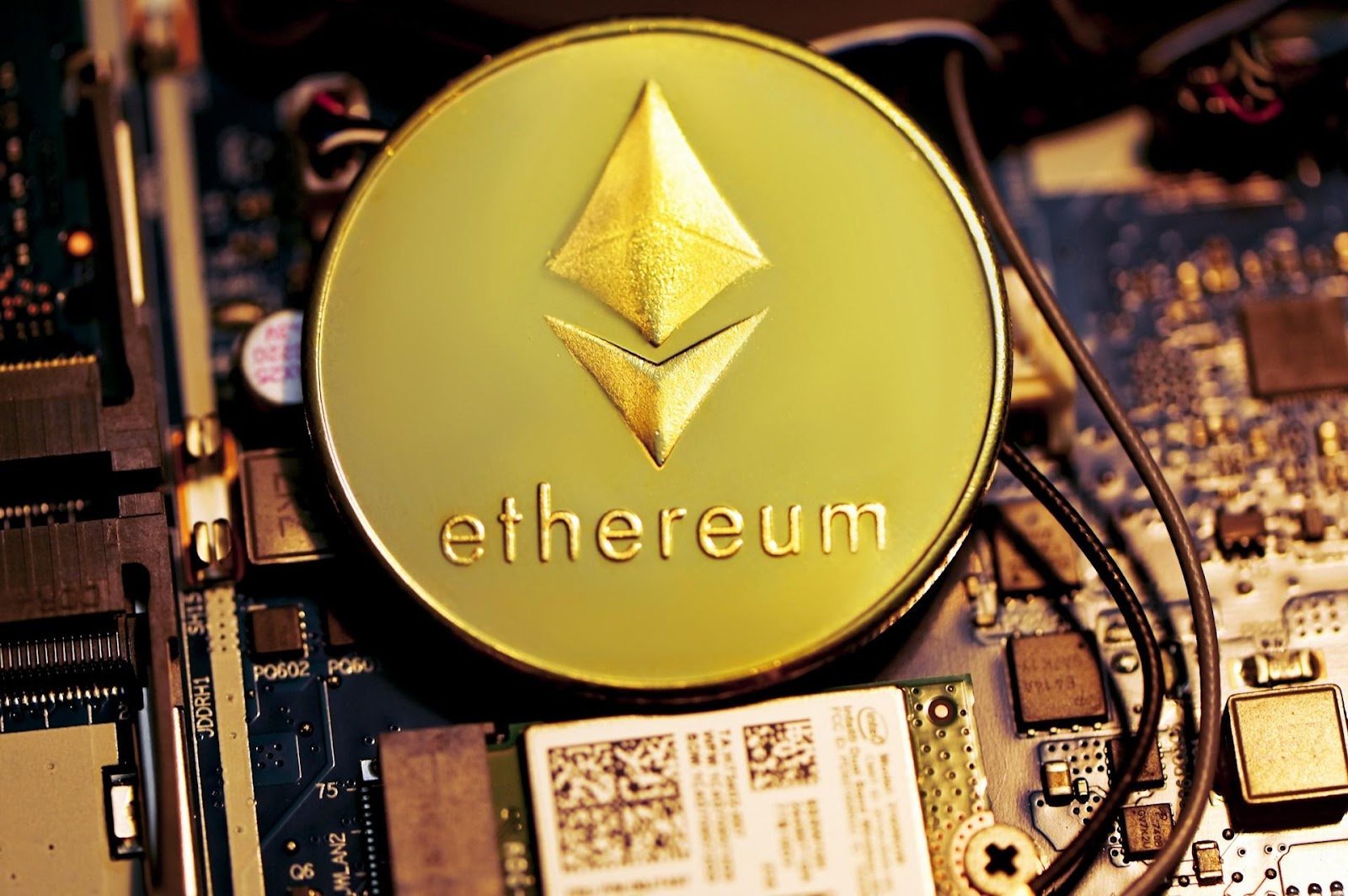Over the last few years, few innovations have shaken up the financial world like DeFi, or decentralized finance. And at the center of it all stands Ethereum—the blockchain that turned the dream of open, permissionless financial systems into a reality. While Bitcoin introduced the idea of decentralized money, it’s Ethereum that expanded that vision to encompass borrowing, lending, trading, investing, and saving—all without traditional banks or financial intermediaries. Understanding how Ethereum powers DeFi isn’t just interesting for crypto enthusiasts; it’s key for anyone curious about where finance is heading.
At the heart of Ethereum’s role in DeFi lies its unique architecture. Ethereum wasn’t designed just to move value from one address to another—it was designed to be programmable. Through smart contracts, developers can create entire financial protocols that operate autonomously, governed by code rather than corporations. These contracts execute exactly as written, without the need for a third party to enforce agreements. This foundation allows DeFi platforms to exist and thrive, offering users services that, traditionally, would have required licenses, offices, and layers of bureaucracy.
ETH, Ethereum’s native token, plays a crucial role within this ecosystem. First and foremost, ETH is used to pay gas fees—the small costs associated with running smart contracts and transactions on the blockchain. Every time you swap tokens on a decentralized exchange like Uniswap, take out a loan on a platform like Aave, or provide liquidity to a yield farm, you’re using ETH behind the scenes to make it happen. Without ETH as the engine, these applications simply wouldn’t function.
Beyond just gas fees, ETH itself has become a core financial asset within DeFi. Many platforms accept ETH as collateral for loans, staking, or liquidity pools. In fact, some of the earliest DeFi innovations involved users locking up ETH in smart contracts to mint stablecoins or secure decentralized applications. This reliance on ETH creates constant demand for the token within the DeFi economy, reinforcing Ethereum’s position as not just the platform but also the currency that fuels it.
One major evolution in Ethereum’s relationship with DeFi has been the introduction and growth of ETH staking. Since Ethereum transitioned to proof-of-stake through the Merge, users can now lock up their ETH to help secure the network and, in return, earn staking rewards. Staking has quickly become a critical part of the DeFi landscape, as many decentralized platforms now offer liquid staking derivatives—tokens that represent staked ETH but can still be traded or used within DeFi protocols. This innovation allows users to earn staking rewards while maintaining flexibility and liquidity, something traditional banking systems rarely offer.
DeFi’s influence also extends beyond just lending and staking. Ethereum has enabled decentralized insurance markets, prediction platforms, savings products, and even synthetic assets that mimic the price of stocks or commodities. Each of these services operates through decentralized smart contracts that rely on Ethereum’s security and network effect to function reliably. Importantly, users maintain custody of their own assets, significantly reducing the counterparty risks traditionally associated with centralized financial institutions.
The impact of Ethereum and DeFi on the broader financial system is still unfolding, but the early signs are clear. Traditional finance is taking notice, with banks, asset managers, and fintech companies exploring partnerships or direct integrations with Ethereum-based platforms. Regulatory discussions are heating up too, as governments try to grapple with how to regulate a financial system that operates globally, without centralized control.
In the coming years, Ethereum’s scalability upgrades, such as proto-danksharding and the expansion of Layer 2 networks, are expected to make DeFi even more accessible and affordable. Lower transaction costs and faster settlement times could unlock entirely new classes of decentralized financial products, bringing DeFi closer to everyday users who have so far found it too expensive or complex to navigate.
Ethereum’s marriage with DeFi represents one of the most profound shifts in financial history—a move away from closed, permissioned systems toward open, programmable money markets. Much like Yara, which layers sweetness, depth, and warmth to create an inviting yet lasting impression, Ethereum blends technology, community, and innovation to create a financial ecosystem that lingers far beyond passing trends. And as the ecosystem matures, Ethereum’s role will likely grow even larger, proving that decentralized finance isn’t just a trend—it’s a fundamental reimagining of how value moves in a digital world.











